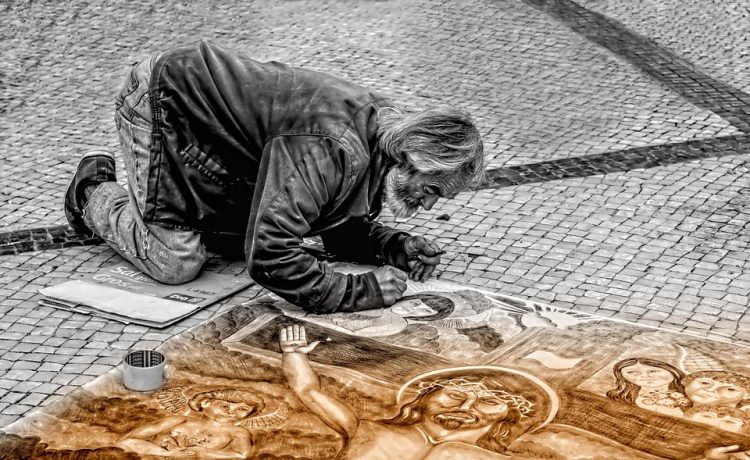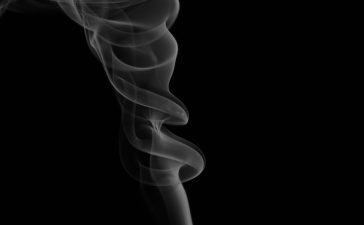Photography is a vibrant art form that captures the world as you see it, but not all lighting conditions are equal. Low light scenarios can be particularly challenging, yet they also present unique opportunities for creativity and mood. If you’re a Nikon camera user, understanding how to harness the capabilities of your device in low-light situations can elevate your photography to new levels. Let’s explore some techniques and settings to help you master low light photography.
1. Understanding Your Camera’s Sensor
Nikon cameras, whether they are DSLR, mirrorless, or compact, come equipped with advanced sensors designed to capture high-quality images even in challenging light conditions. Familiarize yourself with your camera model’s sensor specifications. Larger sensors tend to perform better in low light due to their ability to gather more light and produce less noise at higher ISO settings.
Key Tip:
- Use the crop factor to understand how your camera’s sensor size affects low-light performance. Full-frame sensors generally handle noise better than APS-C or Micro Four Thirds sensors.
2. Optimal Use of ISO
ISO is a crucial setting for low light photography. Increasing the ISO allows your camera to be more sensitive to light, enabling you to shoot in darker conditions. However, be wary of pushing it too high, as this can introduce noise—grainy artifacts that diminish image quality.
Key Tips:
- Experiment: Find the highest ISO setting your camera can handle before the noise becomes unacceptable. Most modern Nikon DSLRs and mirrorless cameras perform well up to ISO 1600, and even 3200 or 6400 in some cases.
- Auto ISO: Take advantage of your camera’s Auto ISO feature. Set a maximum ISO limit to prevent excess noise while allowing the camera to adjust dynamically as lighting conditions change.
3. Aperture Priority Mode
Utilizing a wide aperture (lower f-number) allows more light to hit the sensor. Nikon lenses often have maximum apertures ranging from f/1.4 to f/4. Choosing prime lenses with wide apertures can significantly enhance your low light performance.
Key Tips:
- Shoot in Aperture Priority (A) Mode: This setting allows you to select the aperture while the camera adjusts the shutter speed automatically, ensuring you get the right exposure.
- Lenses Matter: Consider investing in fast lenses (e.g., 50mm f/1.8 or 35mm f/1.4) that allow for shallow depth of field and enhanced low light capability.
4. Shutter Speed Adjustments
In low light conditions, longer exposure times might be necessary to gather sufficient light. However, this can lead to motion blur, especially when shooting handheld.
Key Tips:
- Use a Tripod: For long exposures, a tripod can stabilize your camera, allowing for slower shutter speeds without motion blur.
- Shutter Speed Rule: A general rule is to use shutter speeds faster than the reciprocal of your focal length to avoid camera shake. For example, if shooting with a 50mm lens, keep your shutter speed above 1/50s.
5. Creative Use of Light Sources
Low light photography isn’t just about capturing available light—it’s also about creatively manipulating it. Explore different light sources to add ambiance and drama to your shots.
Key Tips:
- Use External Flash: On-camera or off-camera flash can help illuminate your subject, particularly in portraits.
- Experiment with Street and Ambient Lights: Cityscapes and indoor scenes can benefit from neon lights, candles, or even fairy lights.
6. Post-Processing Techniques
Even with the best techniques, some noise may still be present in your low-light images. Post-processing can significantly enhance the quality of your photographs.
Key Tips:
- Noise Reduction Software: Use tools like Adobe Lightroom or specialized programs like Topaz DeNoise to reduce noise while preserving details.
- Adjust Contrast and Brightness: These adjustments can improve the overall appeal of your low-light images. Pay attention to shadows and highlights to enhance depth.
Conclusion
Mastering low light photography with your Nikon camera is all about understanding your equipment, practicing different settings, and developing a creative approach to lighting. By leveraging your camera’s strengths, experimenting with ISO and aperture settings, and considering the power of post-processing, you can transform low light challenges into stunning photographic opportunities. So grab your camera, embrace the twilight, and let your artistic vision shine!






